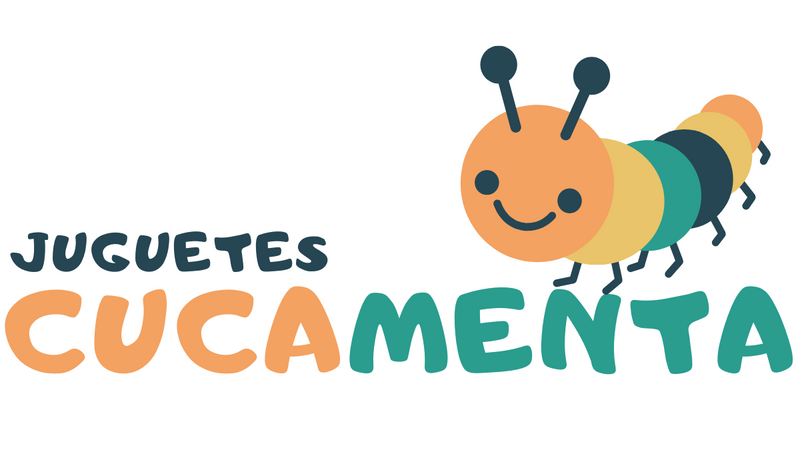If you are a father or mother, or perhaps an excited godmother or godfather, or you have just had nephews, you are waiting for the arrival of a child, or you are simply curious, you have probably wondered on some occasion what is the age at which Babies learn to walk. Along with their first words, this is one of the most beautiful memories you will have of their first months of life.
The first steps are an exciting and memorable moment, and a great step forward for your baby's physical, intellectual, social and emotional development. Each particular case is different, but approximately, the normal thing is that babies begin to crawl in the second semester, stand up from 9 months, and begin to walk on their own between 11 and 13 months, depending on WebMD.
To achieve this great physical challenge, from a very early age they strengthen their muscles and gradually develop skills such as balance, coordination, standing and supporting their body weight from one leg to the other.
From 6 months onwards it is very likely that the little ones will begin to sit on their own. Of course, experts agree that there can be a lot of variation between the development of one child and another. If your baby is 18 months or older and has not yet begun to walk, you can consult with your pediatrician, especially if he or she does not show interest in playing, does not bear weight on his legs, does not turn in any direction, or does not try to talk or talk. babble.
Signs that your baby will start walking soon

- They stand up
- He holds on to something while walking.
- Able to stand independently without support
This last step is the big milestone that occurs just before babies begin to walk unassisted.
To encourage walking in babies, you can hold their hand to help them take their first steps, use accessories such as an upside-down laundry bucket, and encourage them to reach for toys or food while crawling.
Play close to them and make the space safer and more padded, avoiding sharp corners and being careful with spaces like stairs. It is important to give children security and encourage movement. To develop better balance and coordination, it is advisable that you walk barefoot at home.
After your baby begins to walk, you will be able to see how he continues to evolve.
At 14 months he may be able to squat and, in some cases, walk backwards. At 15 months he may enjoy pushing toys and exploring new movements. At 18 months or a year and a half, it is common for your child to want to climb on the furniture and also enjoy dancing to the rhythm of music.
Toys and objects to help your child start walking

Small stools and chairs, activity blankets, ride-ons, harnesses, walkers and baby strollers are some ideal objects and toys to help your baby learn to walk.
From the Montessori method they emphasize the importance of giving the baby the possibility of moving so that he can develop the ability to move without impediments.
María Montessori believes that movement is associated with the development of the brain, so freedom allows him to crawl, sit alone, stand up and take his first steps.
The educator also recommends using soft balls to reach upside down, not having the baby in a park all the time, encouraging him to have access to a variety of textures and materials - something that is also key for his sensory stimulation -, and also having freedom of movement in the crib.
From Cucamenta we recommend this multi-activity walker , a beautiful push cart that is specially designed for learning to walk and designed for ages 12 months and up. It has an invisible and removable brake to lock the wheels and release them gradually in order to control the speed, and its activities such as abacus, gears, maze, mirror, drum or xylophone help you work on your musical sensitivity, hearing and skills such as fine motor skills.


0 comments